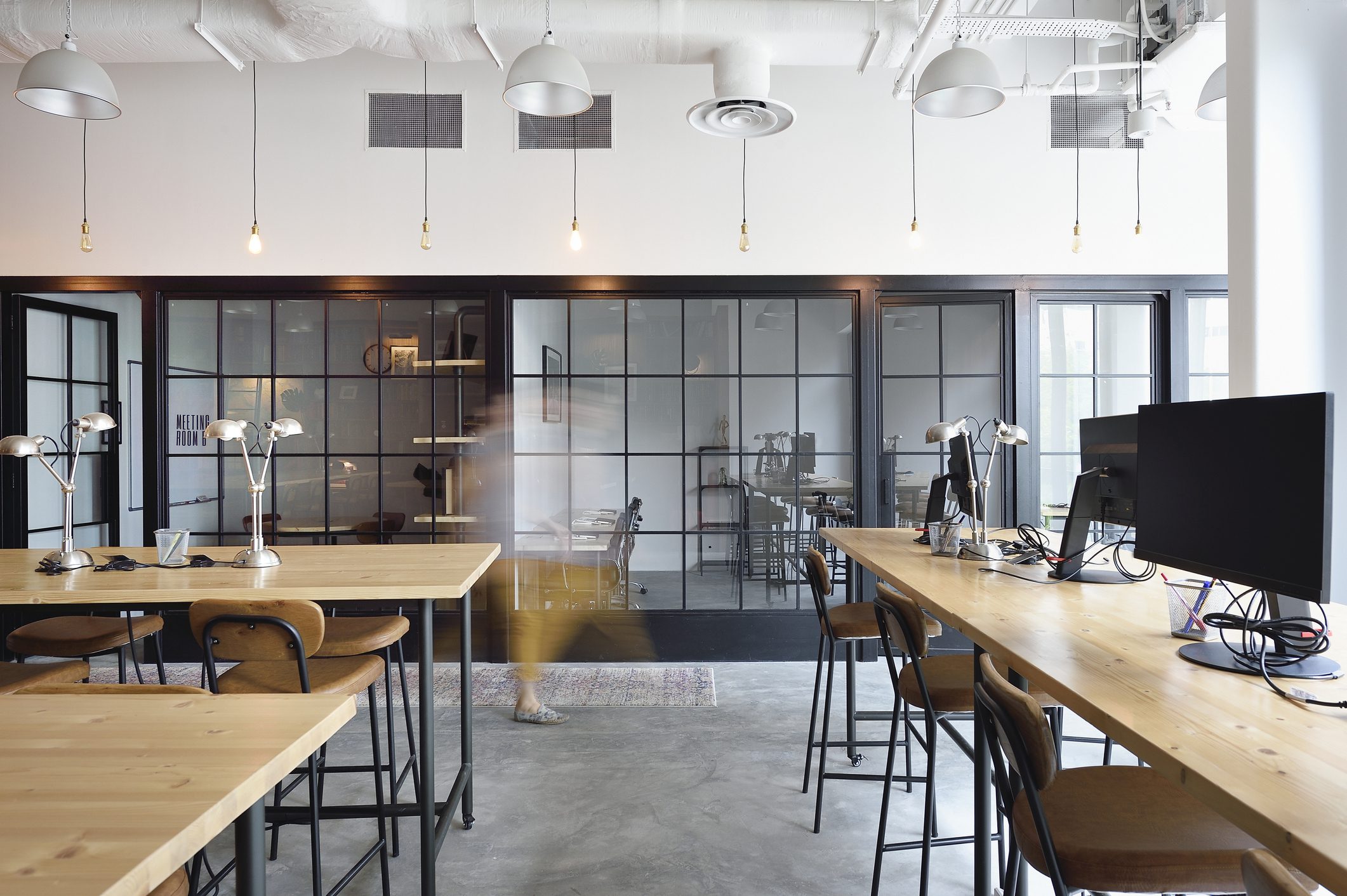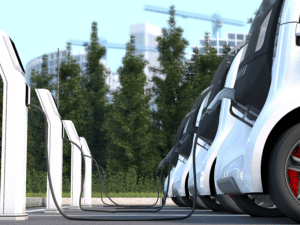The year began with optimistic predictions about transforming our personal experience in commercial real estate. Tens of thousands of people were set to descend on Cannes, France to focus on the theme “The Future is Human” for the annual MIPIM event in March. In fact, in my role as the marketing lead for real estate at Schneider Electric, I was set to go too.
Human Experience at the Heart of Commercial Real Estate
The entire industry was focused on occupancy rates and how to get the most usage out of their space by implementing sensors and software to predict movement in commercial buildings, better utilize space and to encourage teamwork through open space concepts and creative, environments. Many major players in the industry had begun to market their properties with amenities for well-being and social activities to encourage people-engagement. In fact, Gartner projected that the global market for social and collaboration software in the workplace would grow from US $2.7 billion in 2018 to US $4.8 billion by 2023. Little did any of us know that the focus on occupant comfort and productivity, collaboration, and getting the most out of our facilities’ staff and employees, would soon shift to something more fundamental, the health of our people. Indeed, the future is human.
While health and well-being has been at the fore in real estate planning for a few years, the focus has been on employee engagement, space management for wellness and fitness, ergonomics and even food service. Now our needs seem more basic. Clean air. Sanitation. Space.

Defining the “New Normal” in Commercial Real Estate
As we embark on a “new normal” when we return to our commercial buildings, what will change and what will stay the same? Here are a few of my personal predictions:
- Touchless: Think of how many things you touch just to get to your desk each morning. You open the lobby door. You slide your badge. You push the elevator button. You may visit the café, pull out cash from your wallet to pay and use the cream and sugar carafes put out by food service teams. These things will need to change. Employees will want one badge or app to enter the building, operate the elevators and even pay for coffee.
- Clean air: Air handling and movement will take center stage in the coming months. The US Environmental Protection Agency states that health effects from poor indoor air quality may be felt “soon after exposure or nearly immediately” with symptoms such as fatigue , dizziness, itchy burning eyes, nose and throat. Given air quality’s impact on health, employees will no longer tolerate that one conference room that is always stuffy and hot, or spaces where air flow is ineffective or non-existent. Facilities teams need tools to identify areas of the building where air stagnates, and CO2 levels are too high. Employees may seek workspaces with windows that ventilate and will require the ability to create fresh airflow at the touch of a button on their phone. Connectivity and IoT will make this a reality.
- Sanitation: Despite the fact that the industry cut back on cleaning crews in recent years to save operating costs, cleaning and sanitation will become a selling point for competitive commercial buildings. Occupants will want to feel assured that the hot desk they were assigned to by their workplace app in the morning has been cleaned and sanitized by the cleaning crew overnight, and it will be important for common spaces to have visible hand sanitizer stations and cleaning wipes.
- Space: Even though the industry has moved to open space and low cubicle walls, people will now want to maintain a comfortable distance. Teams that have adapted to working from home will gradually come back to the office, but care will be taken to minimize crowded spaces in buildings. This will require collaboration between HR, management and facilities to designate days for certain employees to return to the office and encourage collaboration. Artificial Intelligence, sensors, and predictive analytics will facilitate this transition. I can imagine my building’s app will give me the accurate information I need on available desk space that is 6 feet away from my nearest workgroup colleague, for example.
- Health Checks: Traditionally, questions about health and well-being may have seemed invasive and even a violation of privacy. This could change as society weighs the necessity to curb pandemics. I believe we’ll see standard procedures and questioning at building entry points and even thermographic temperature scanning. Non-invasive thermal camera technologies are available today and can be deployed in interactive kiosks in lobbies.
In my opinion, the heart of commercial real estate buildings will not fundamentally change and the need to provide productive, collaborative and comfortable space will remain, but more than ever people health and well-being will be the focus of the “new normal”. Fortunately, many technologies that were being used to encourage employee productivity and manage space can be applied to this new paradox. The forces that were driving the “app-enabled” workplace will be stronger and adoption will likely accelerate.
If you are interested in learning more about technologies that are available today to enable some of these changes, you may be interested in Schneider Electric Workplace Advisor, Connected Room Solution or the Engage Enterprise App.
Please comment and share your predictions too.




Conversation
Great article!
That was a great insight.
I can say these new normal alternatives can be implemented in high paying enterprises and still not a cheaper way for the great number of offices. People tend to go with the gloves and Dettol sanitizers, even though it is disturbing.